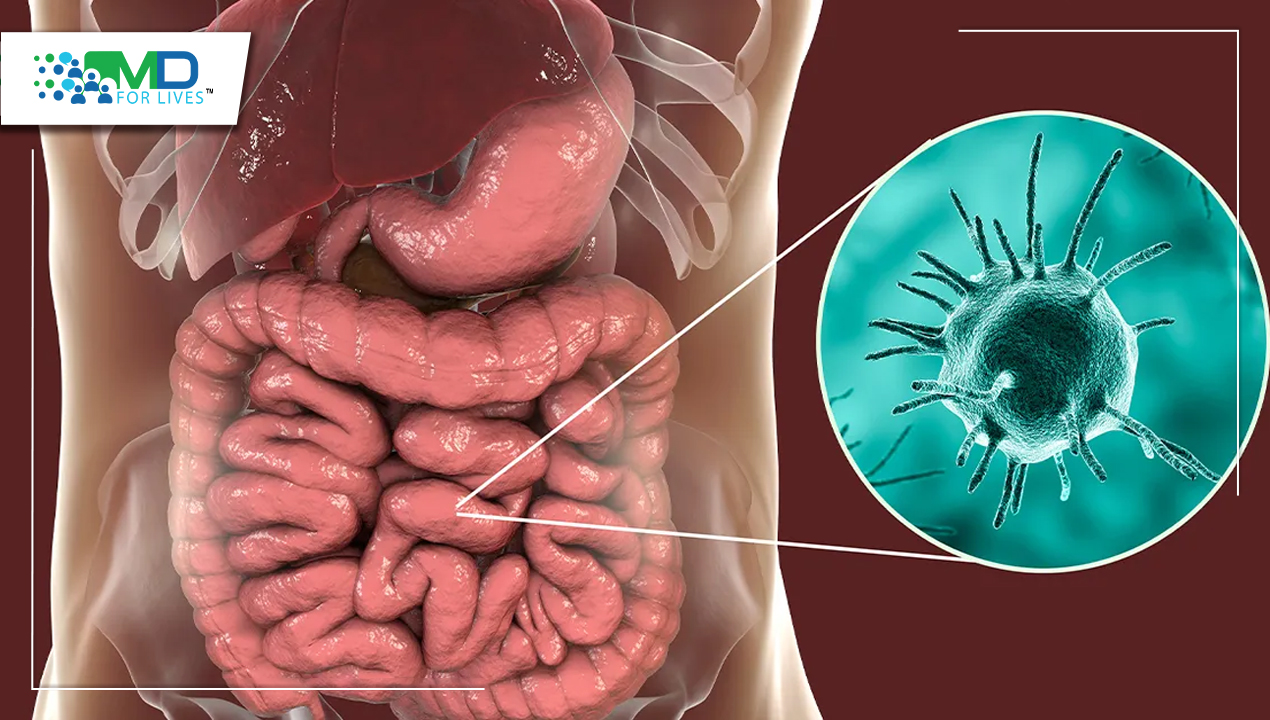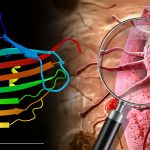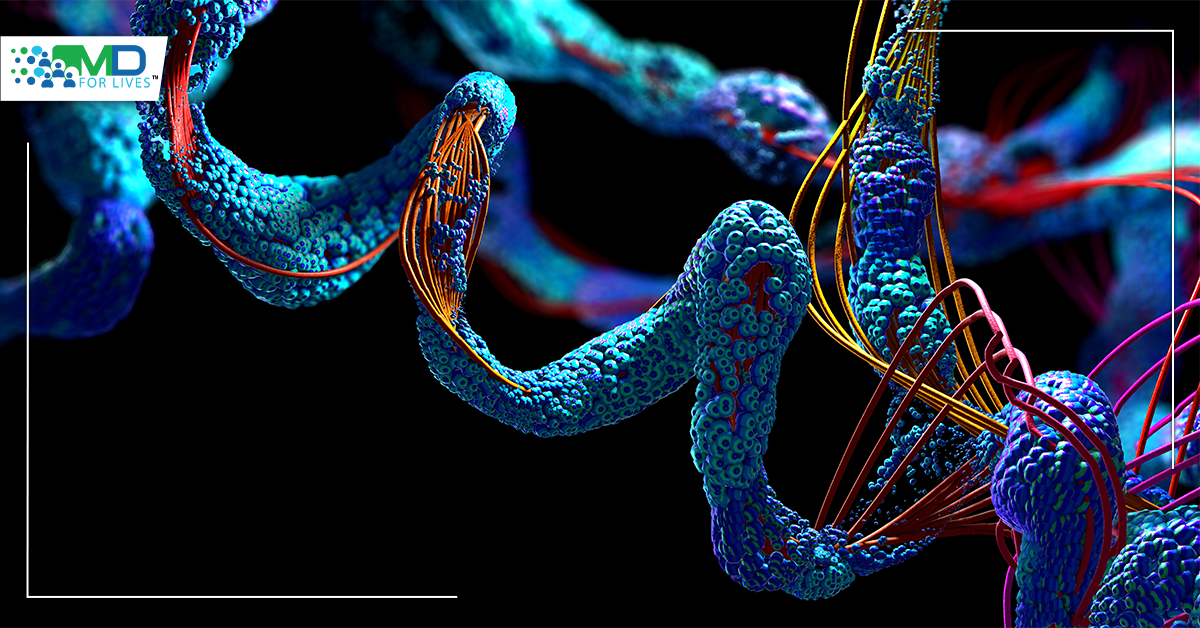It is well known today that our gut microbes have important impact on our health. Healthy gut bacteria benefits are thought to include protection from certain infectious diseases, better nutrition, and potentially protection from inflammatory bowel disease and other chronic conditions. What’s now becoming clearer is that our dietary choices also have big impact on our gut microbiome – both in terms of the diversity of the microbes and in terms of the functions those microbes can carry out. A recent study shows that individual microbial species in the gut can undergo rapid genetic changes in response to changes in the host’s diet. Taken together with other recent research, the new results suggest that eating a diet that lacks diversity or is too low in fiber could impair gut microbial diversity and, in turn, potentially impact health and metabolism.

Diet and Genetic Changes in Gut Microbes
A study published in Cell Host and Microbe in January 2022 suggests that eating a diverse diet leads to more genetically diverse gut microbes that are able to metabolize a variety of food sources. The researchers looked at the evolutionary change in one species, Bacteroides thetaiotamicron, in the guts of mice when the mice were fed a Western-style diet (high in sugar and fat) versus a low-fat, high-fiber diet. B. thetaiotamicron normally digests fiber. Previous research has shown that the species can switch to digesting the gut’s mucus layer if dietary fiber is not available.
Are you a Dietician? Participate in Paid Dietary Survey, help shape evidence-based research, influence future nutrition guidelines, and contribute to better patient outcomes. Take Paid Diet Survey here
Alternating Diet Supports the Diversity of Gut Microbes
In the study, the B. thetaiotamicron in the guts of mice fed the Western-style diet developed more mutations related to the processing of mucin-derived glycans (components of the mucus layer that coats the GI tract in both mice and humans). Meanwhile, in mice fed the low-fat, high-fiber diet, the bacteria developed mutations related to the degradation of fiber. In other words, the bacteria were rapidly selected for their ability to process food sources that were more abundant in their environment. Both of these diets led to low genetic diversity within the species.
However, when mice alternated between the two diets every week, the B. thetaiotamicron population maintained its high genetic diversity. A wide variety of gut microbes can potentially digest GI tract mucus (mucin), and some microbial mucin digestion is normal. However, an increased abundance of mucin-digesting microbes is associated with Crohn’s disease and ulcerative colitis, and some research suggests that high concentrations of monosaccharides produced by mucin-digesting microbes can provide an opportunity for pathogens like C. difficile to take hold.
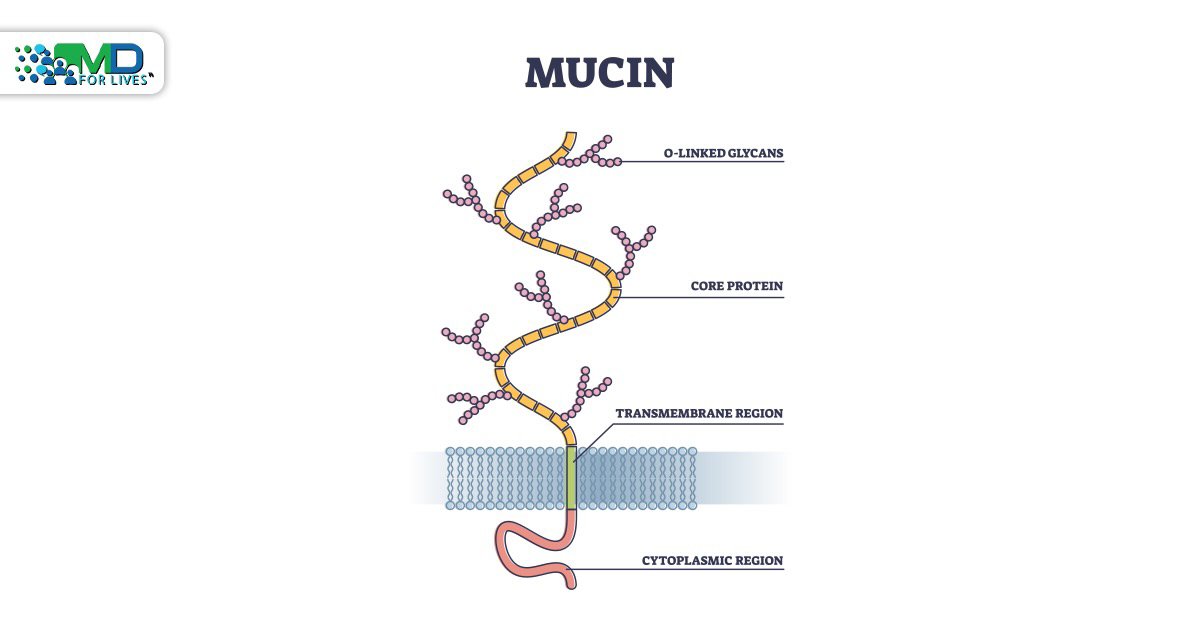
 Diet and Gut Bacteria Function
Diet and Gut Bacteria Function
Other recent studies suggest that fiber may be needed to support healthy gut bacteria function. In 2017, an article published in Science explored the gut microbiomes of the Hadza people, who follow a hunter-gatherer lifestyle in Tanzania. In stool samples collected during the wet season, when the Hadza eat a diverse diet of foraged foods high in fiber, the scientists found a diverse array of microbial species, including species that are common among rural communities around the world but absent in people eating a typical Western diet. However, in stool samples collected during the dry season, when the Hadza eat more meat, the microbes they found were more similar to Westerners’ microbiomes.
Other research over the past few years has supported the idea that increased fiber intake greatly affects the composition of the human gut microbiota, increasing the proportions of some species and decreasing the proportions of others. Some studies have linked these changes to improved metabolic regulation in people with type 2 diabetes mellitus, non-alcoholic steatohepatitis, or metabolic syndrome.
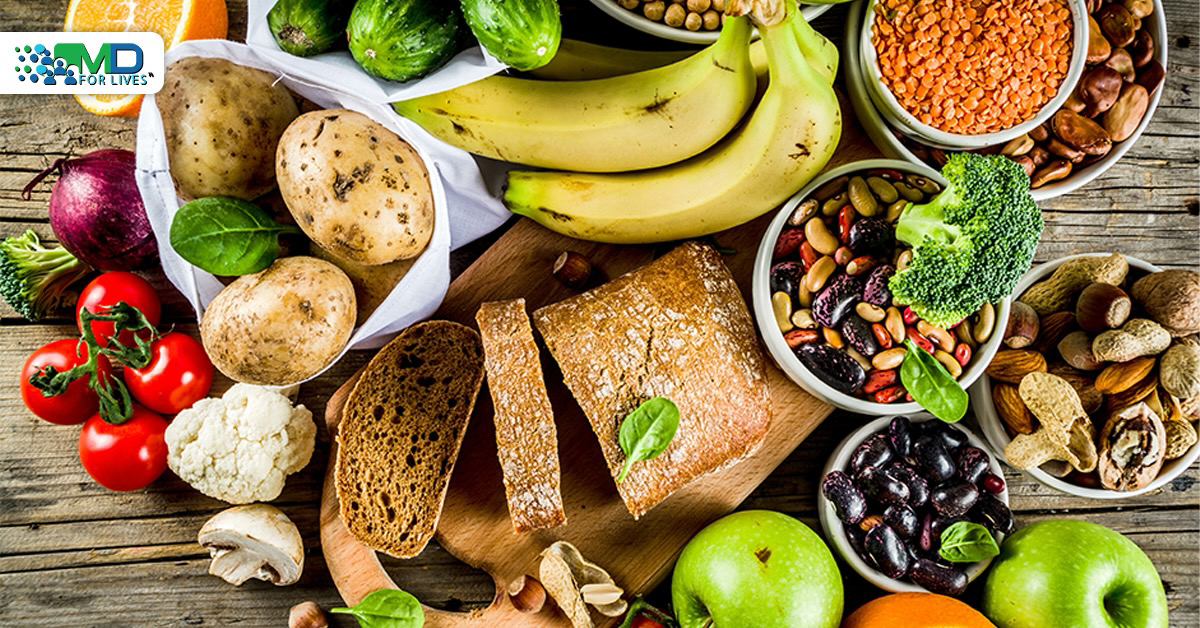
A diet rich in fiber has been linked to changes in the gut microbiome that may support metabolic health.
The above research results may suggest that eating a diverse diet could protect gut microbes from loss of genetic diversity and help preserve gut bacteria functions. Perhaps some negative effects of eating a diet low in fiber and high in sugar and fat could be mitigated by alternating these foods with high-fiber choices.
Also read
Healthy Gut Microbiome prevents Colorectal Cancer
Respiratory Allergies and Gut Microbiota
Impact of Technology on Metal Health

